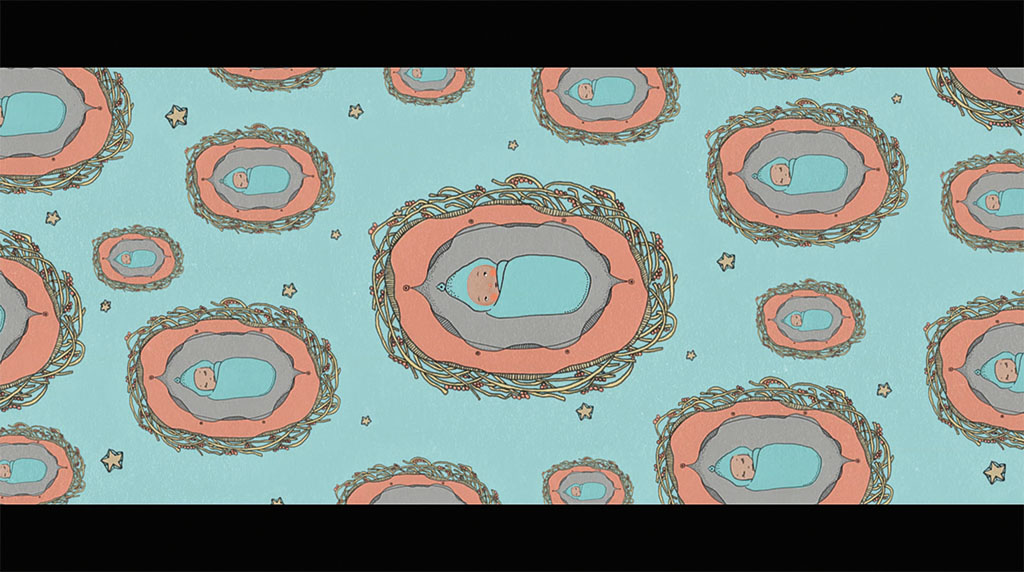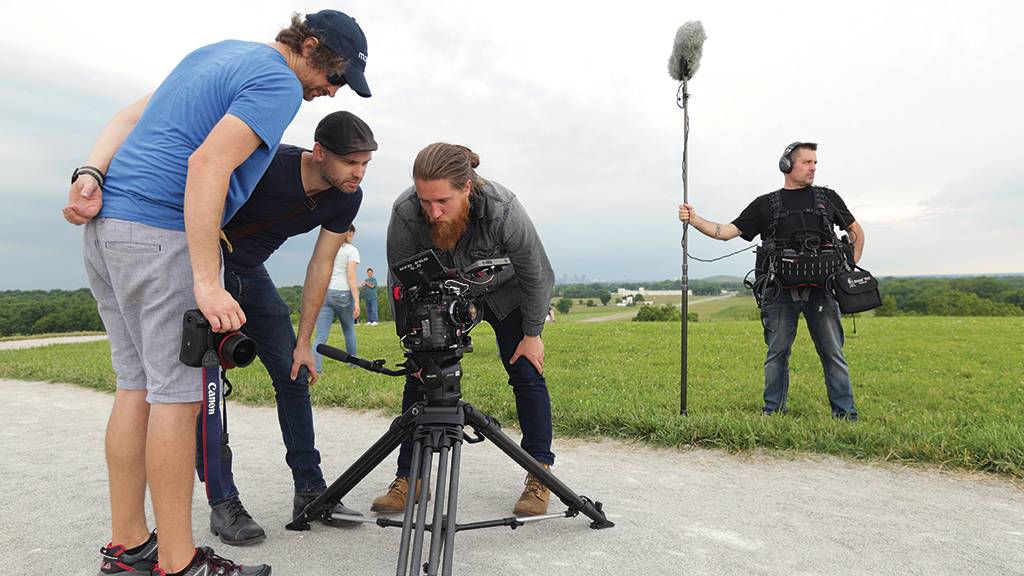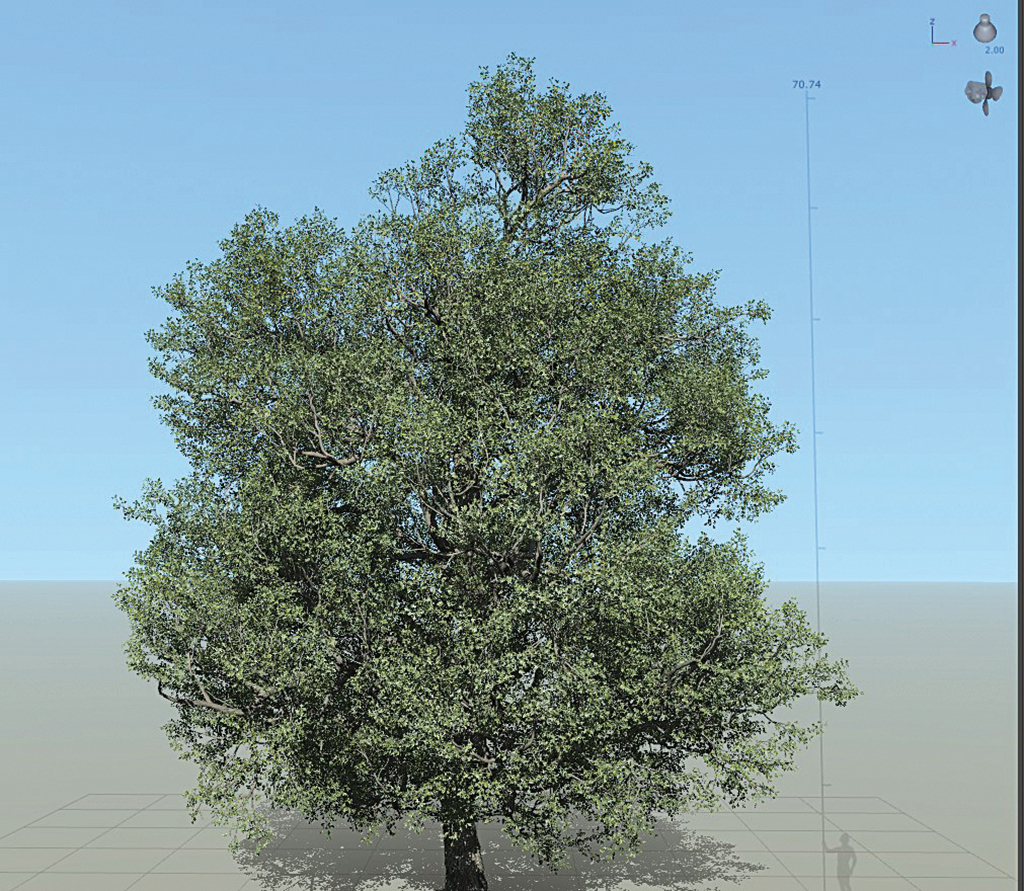By IAN FAILES
By IAN FAILES
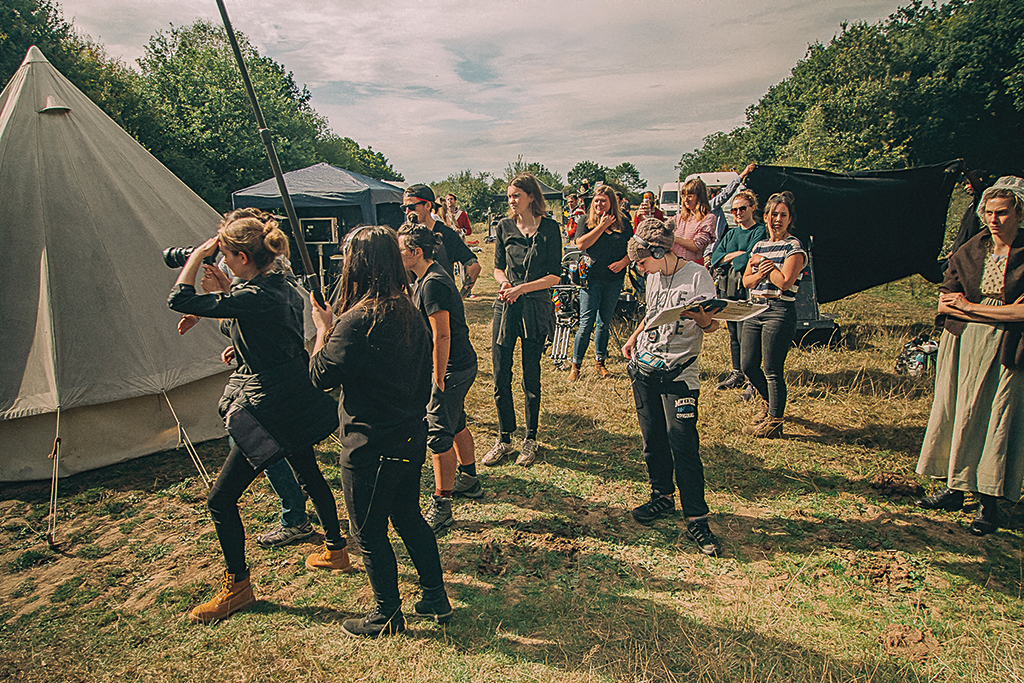
Finding time as a visual effects or animation artist to work on your personal or passion project can be hard. But perhaps now, more than ever before, the democratization of digital tools and the demand for new content have allowed artists to go ahead and make the things they want to make.
Here, a range of artists with experience in the VFX and animation industries working on client projects and who have now branched out into making their own content share their stories – and their advice for others who may be looking to do something similar.
FROM VFX PRODUCTION TO WAR
Writer/director Emma Moffat got her start in the industry as a set PA on Inception before working at DNEG in visual effects coordination and production roles. In 2019, her short film A Battle in Waterloo received funding from the Bumble Female Film Force competition aimed at female filmmakers. The short, about a soldier’s wife searching for her missing husband, was filmed in Epping Forest, East London, and opened up a new world for Moffat.
“The script was ambitious, being a period short with action sequences and a sizeable cast, special effects and costumes,” Moffat says. “I’d had the script for a few years and had struggled to find funding, but was determined to make the short. Thankfully, the Female Film Force competition selected my script and gave us the necessary funding to pull it off.”
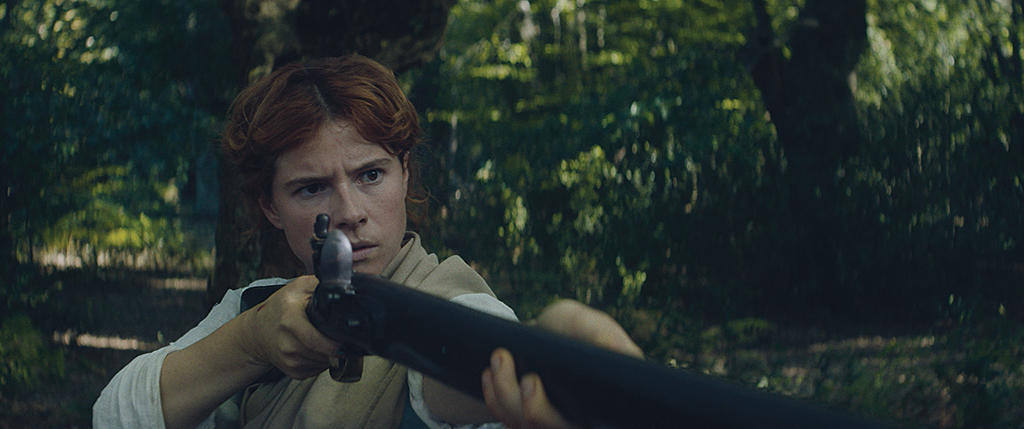
“Try to use basically any available way to foresee the way your project is supposed to look like… You need to understand the complete cost of your project creation including all risks and force majeure situations. Your late nights and weekends next to the computer need to be planned and accounted for as well, even if it’s your personal project and/or you’re doing it for free.”
—Denys Shchukin, Writer/Director
Moffat, who is now developing other projects while also continuing to work in visual effects production, notes that her background in VFX comes in very helpful for writing and directing. “Knowing what you can achieve with the help of VFX, and just as importantly knowing when not to use it if you’re on a tight budget/timeline is invaluable. Whether or not you’re utilizing VFX, the knowledge of how to creatively solve issues and having an understanding of timelines and expenses is vital, particularly when working on shorts.
“In VFX production,” adds Moffat, “we’re in the room with directors during reviews, so it’s a hugely privileged position to learn from the best. My advice to others would be to listen to the notes being given. They often give a valuable insight into the narrative and style the director is developing at large. It goes without saying that VFX artists are uniquely positioned to write and direct projects that showcase VFX if they’re able to work on the project themselves – it really elevates shorts to a high finish.”
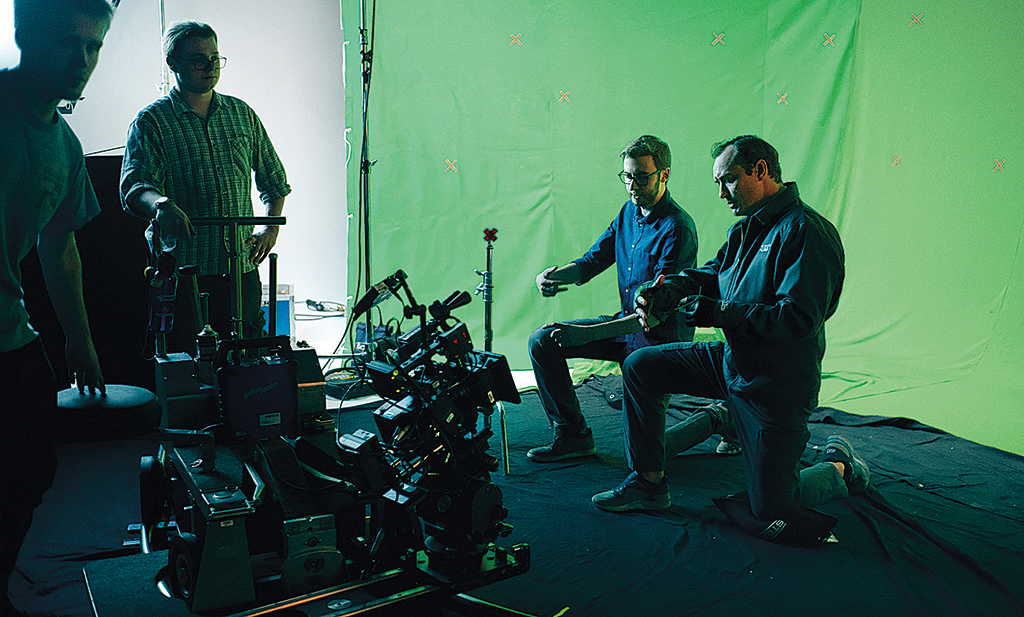
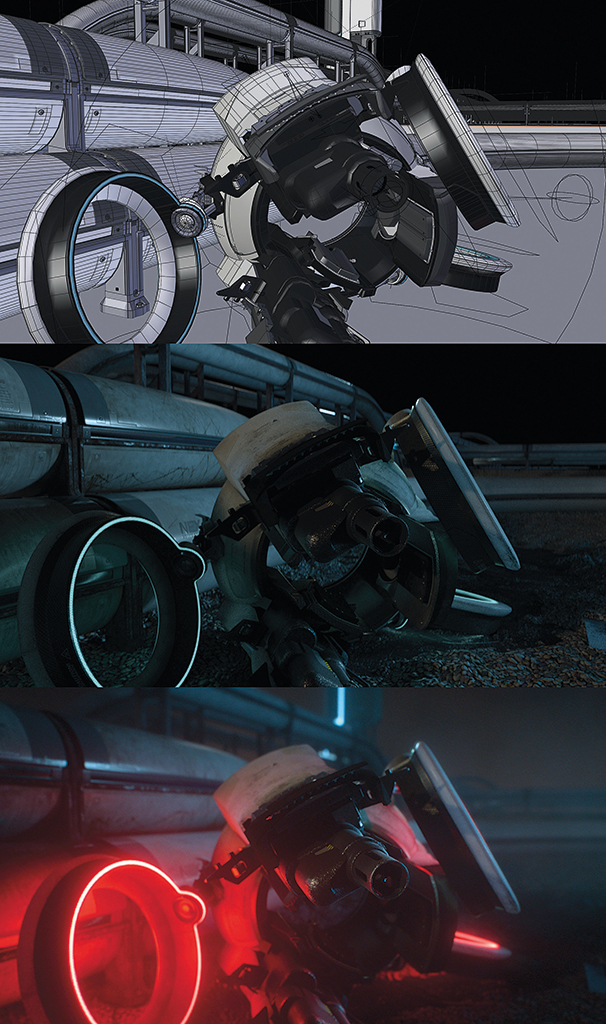
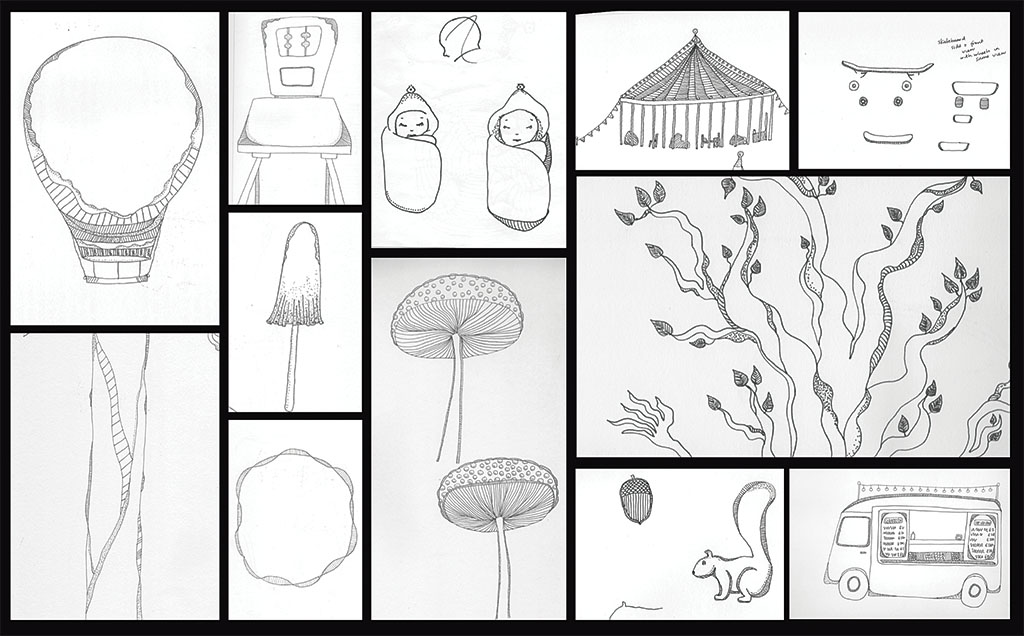
“I was very used to dropping everything for my clients and making their projects work despite time zones or deadline conflicts, and so it wasn’t a great shift to then prioritize my own project.”
—Allison Brownmoore, Artist/Writer/Animator
A PATH AFTER PIXAR
Los Angeles-based writer/director and ex-Pixar layout artist Colin Levy always had a goal to make his own content. It’s something he has realized via a number of projects, including several Blender Animation Studio films and his 2019 short Skywatch, a project that had the surprise inclusion of actor Jude Law and is now being developed into a sci-fi series for NBC’s Peacock.
“Since I was a kid, I’ve been obsessing over my own little creative experiments, which have grown into bigger and better projects,” outlines Levy. “Once you’ve got a taste of how it feels to be the author, to run the ship, to release a piece of your soul into the world, it’s hard to turn that off. I had an absolute blast working at Pixar, but I realized early on that I had to continue pursuing my personal work on the side. That’s where I was going to find greater purpose in my life.”
The live-action Skywatch featured plenty of CG and animation – much of it achieved in the open source tool Blender – so Levy’s past work certainly came into play during production. “My layout experience allowed me to explore and plan and pre-edit the film so that I could feel confident about what we needed to achieve on the day. With so much of the film relying on missing elements that would later be created in post, it gave the whole crew and the actors a better sense of context from moment to moment.”
Seeing a project through is one of Levy’s strengths he says he has gained from working on many personal endeavors. Skywatch took seven years to complete, and it was during this time that Levy and his co-writer Mike Sundy produced a 120-page feature screenplay based on the short. “This basically became the core of the 10-minute pitch that led to our TV deal,” Levy explains. “Literally years of preparation boiled down to that moment. But fortunately, at the end of the day, the promise of the larger story combined with the strength of the short proved to be enough. Can’t tell you what a relief that was!”
TAKING ON VFX-HEAVY DIRECTING
Director Denys Shchukin has worked in visual effects in several roles at a number of studios, including Framestore and Image Engine. The Vancouver-based artist continues to work as a supervisor but recently had a foray into directing for Ukranian singer Ivan Dorn’s music video for the song “Wasted.” The fully-CG video saw the singer motion-captured and then turned into a digital avatar with several ‘powers.’
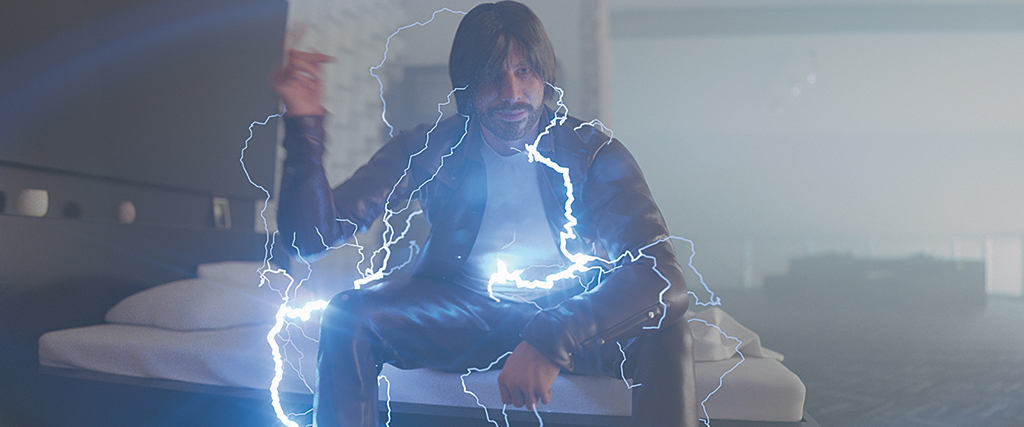
Shchukin pitched the project to Dorn based on what he says were “inner ambitions as a director, producer and scriptwriter. I was very lucky to find a client who liked my idea and vision, and also a singer/musician who let me take complete ownership of the project.” Artists were assembled across the world, with Shchukin orchestrating his team to produce some very CG/animation/ FX-heavy shots. Supervisor experience proved key for turning the project around, attests Shchukin.
“Working on A-rate, heavy VFX blockbusters, you very quickly learn how to plan the whole show, bid hours, calculate budgets and expenses, plan department schedules, reviews, comments, etc. Especially if your department is closer to the end of the pipe workflow where you most likely need to plan everything from the Shotgun field creation and first polygons to final color grading and delivery to client in all possible codecs and formats.”

“We are in a time now where filmmaking technology is in the grasp of your fingertips. … It’s now really not about whether you can get the best tech to tell your story, it’s now about having the right story to tell and your vision to execute it.”
—Hasraf ‘HaZ’ Dulull, Director/Producer
In putting together the “Wasted” music video, Shchukin says his two main take-aways were the importance of visual planning – “Try to use basically any available way to foresee the way your project is supposed to look like” – and understanding the budget. “You need to understand the complete cost of your project creation including all risks and force majeure situations. Your late nights and weekends next to the computer need to be planned and accounted for as well, even if it’s your personal project and/or you’re doing it for free.”
ANIMATED ADVENTURES
Allison Brownmoore is a BAFTA-nominated Design Director and Founder of London design boutique firms Blue Spill and Past Curfew. She began work in the industry in commercials, promos and idents before designing for film. With her hand-illustrated animated short about an autistic child, The Amazing Adventures of Awesome, Brownmoore overcame the challenge of setting aside time to jump into content creation.
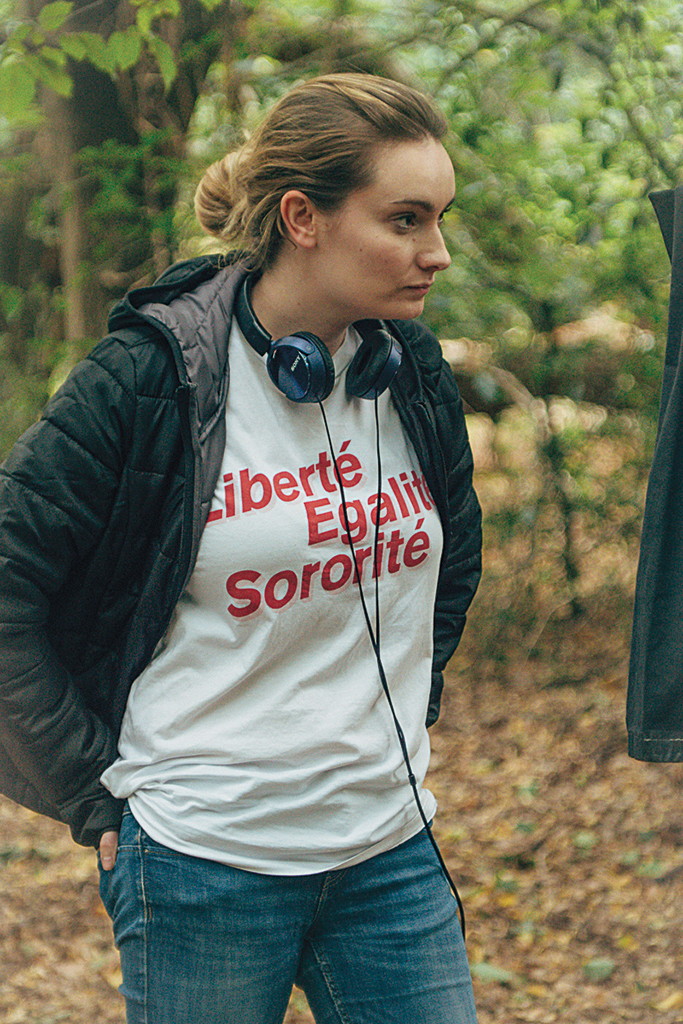
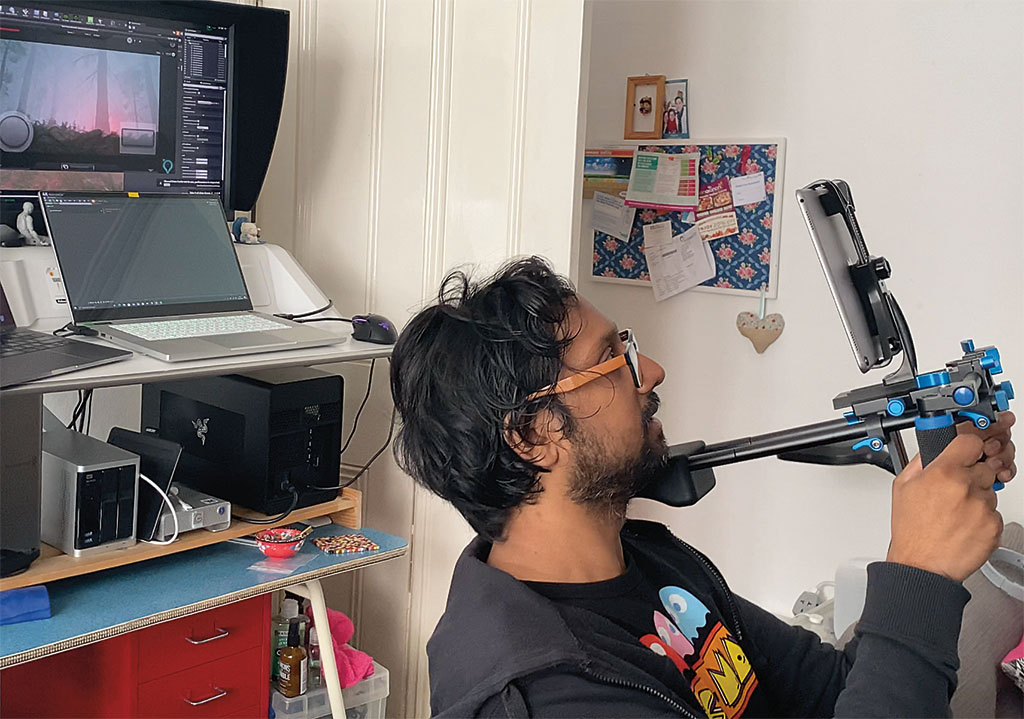
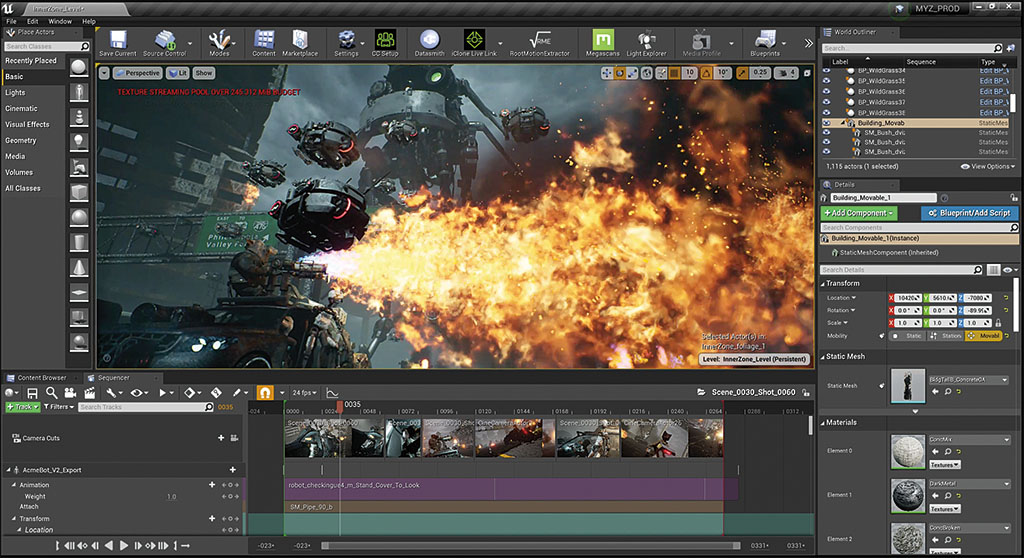
“It goes without saying that VFX artists are uniquely positioned to write and direct projects that showcase VFX if they’re able to work on the project themselves – it really elevates shorts to a high finish.”
—Emma Moffat, Writer/Director
“The last short I’d made was back at university 20 years ago,” details Brownmoore. “Over the years I’d had a few ideas and a few false starts, but the changing point with The Amazing Adventures of Awesome was finding a story that was so important I knew I had to tell it. Finding the time then actually became quite easy, because the project became as imperative as my day job. I was very used to dropping everything for my clients and making their projects work despite time zones or deadline conflicts, and so it wasn’t a great shift to then prioritize my own project.”
Collaborating with others, Brownmoore’s script – based on her own experience with her autistic son – and animatic became final animated scenes in After Effects and Flame. The self-funded short presented Brownmoore with several challenges, not only for the visuals. She had to consider, too, sound and music, and eventually a way for getting people to see it.
“I’ve seen great films in the past which have ended up on shelves because everyone runs out of steam after the project, or gets into a festival or two and then abandons the hard slog,” Brownmoore shares. “And it is a lot of work, festival submissions themselves, and then after acceptance doing the press and getting your submission and admin across, then updating the website, etc. However, it’s this side, the unspoken side, which is so incredibly important, because without it, no one is seeing the film! Thankfully, there’s great agencies like Festival Formula who can help take some of the burden of this. Definitely worth putting some money aside for the back end of the process.”
TURNING TO CROWDFUNDING IN ORDER TO CREATE
Josh Johnson and Tim Maupin are visual effects practitioners who wanted to make a film together and felt this could be achieved via crowdfunding. Platforms such as Kickstarter and Indiegogo are, of course, one of the many ways artists can support the creation of their own content. Their successful campaign on Kickstarter resulted in the short film Breathe about the impact of climate change.
“We put quite a bit of effort into the campaign, from extensive visual mood boards and images, to visiting locations to get a head start on how we wanted the film to look and feel,” outlines Johnson, a visual effects supervisor who has contributed to films such as A Ghost Story, Native Son and Omniboat: A Fast Boat Fantasia.
“We shot footage that would help to illustrate our concept,” adds Maupin, who mostly works as a visual effects generalist, “and had some very helpful friends from a small production company who shot our interviews and some test drone shots – they even got their drone stuck in a tree for us!”
During production, the team overcame the challenges of shooting, especially during a major storm, and dividing up more than 60 VFX shots for the short, ranging from driving comps to environment changes and a complex CG tree. But Johnson and Maupin persevered. And despite being experienced in VFX, they deliberately chose to keep the project manageable from a production point of view.
“The characters, story, emotion and ideas are always going to be the most important,” observes Johnson. “Just because you know VFX, I would still try to use them in moderation and remember they are best used to support your story.”
FULLY EMBRACING VIRTUAL PRODUCTION
For several years now, Visual Effects Supervisor turned director/producer Hasraf ‘HaZ’ Dulull, based in the U.K., has been able to lean on the skills and knowledge he gained in VFX production to help create a number of indie projects, ranging from his shorts, Project Kronos and SYNC, which ultimately led to Hollywood representation for Dulull, to directing and producing his features The Beyond and 2036 Origin Unknown, as well as the Disney+ mini-series Fast Layne.
One of Dulull’s latest efforts – a full-length CG-animated feature film called Mutant Year Zero: Road to Eden, based on the Funcom video game – has seen Dulull take on board virtual production and game engine techniques. The director views this tech as especially advantageous during the COVID-19 pandemic when access to film sets has been limited, and for creating a new way of working.
“What was originally supposed to be some concept renderings and pre-production material ended up being full-blown rendered sequences, because there was no rough/block out version of a shot like you would get with conventional CG animation,” explains Dulull. “We had assets from the game developers which we then up-res’ed to 8K textures with Substance Painter and then lots of cool shader work in Unreal Engine, and I was animating the cameras and lighting the scenes with ray tracing all in real-time, so when we render out the EXR frames from Unreal Engine, what we are rendering out is final pixels, i.e. no compositing, and then putting that into Resolve for editing and color grading, and that’s it.
“We are in a time now where filmmaking technology is in the grasp of your fingertips,” continues Dulull. “Meaning, we don’t have to spend thousands of dollars on a single software license, you can now rent the software on subscription, and also tech like Unreal Engine is free! On top of that, the knowledge is freely available with YouTube tutorials, etc. It’s now really not about whether you can get the best tech to tell your story, it’s now about having the right story to tell and your vision to execute it.”
